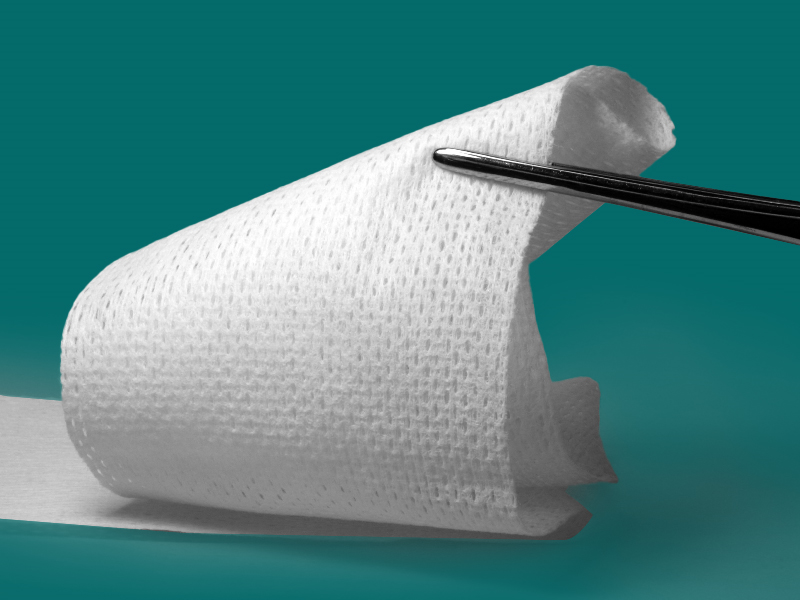What Should a General Surgeon Focus On?
In a surgery, the surgeon is the most tired one, and the surgeon should always pay attention to the situation, and should be aware of the situation earlier than anyone else. Small negligence can cause serious consequences.
(1) Pay Attention to The Assistant's Retractor
In order to better expose the field of vision, use a retractor to expand the incision. This retractor is pulled by the assistant, but out of the assistant's own field of vision, the assistant will unconsciously pull the retractor in the direction of his own field of vision. There are few assistants who can perceive the difference between himself and the surgeon's perspective, and draw the retractor from the surgeon's perspective. And many assistants either pull too strong or pull too weak. If there are more than two people pulling, it is very likely that it will be difficult to maintain a balance between the two. In either case, if the retractor is biased, it will peel off in the wrong direction. Therefore, do not be confused by the direction of the retractor, it is most important to be able to confirm the correct direction of the operation.
For example, if the retractor pulled on the surgeon's side is too strong, the peeling will easily shift toward the surgeon; if the retractor pulled on the contralateral side is strong, the peeling tends to shift to the opposite side. Therefore, pay great attention to the location of the target, and do not be confused by the retractor, and proceed smoothly.

(2) Carefully Unblock Body Tissues
When using peeling forceps (curved forceps) to peel the tissue and then pass the thread and gauze tape, it is most important to first extend the tip of the peeling forceps out of the tissue and then open the feet of the forceps. If you advance the forceps before opening the feet of the forceps before penetrating, unstripped tissue will remain between the tips of the two forceps. If you clamp the forceps and pull out the forceps in this state, these unpeeled tissues will be damaged. The pliers are caught and pulled, causing tearing. Therefore, when peeling and penetrating these tissues with peeling forceps, you must first protrude the tip of the forceps and then open the feet of the forceps to expand the peeling, and then clamp the thread or gauze tape. If the forceps have not penetrated the tissue to be peeled, open the clamp feet, and there will be tissue that is not completely peeled off between the two tips. At this time, the tissue is clamped by the forceps when the clamp is closed and the forceps are closed. Pulling to tear will cause bleeding.

(3) Don't Miss Items
Omission means leaving surgical instruments in the surgical field, most of which are gauze and forceps. This is an absolute accident. Therefore, you must not close the surgical wound before confirming the omission. If it is necessary for surgery, if it is temporarily used in the surgical wound and indwelling, a part of it must be exposed outside. The gauze is generally clamped at one end with forceps to expose the forceps outside the body. Sometimes the cut gauze is clamped on the tip of the pliers.

(4) Don’t Be Lazy
Practice makes perfect. Continue to practice stitching and ligation, you can make progress. Medarchitect offers high quality suture kit for medical students. If you own one set of perfect training tools on hand, I believe you will work effectively and efficiently.
